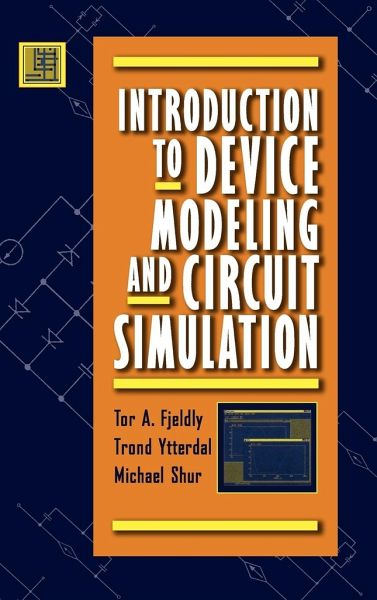
Introduction to Device Modeling and Circuit Simulation
Versandkostenfrei!
Versandfertig in über 4 Wochen
178,99 €
inkl. MwSt.

PAYBACK Punkte
89 °P sammeln!
An introduction to SPICE-oriented semiconductor device modeling. The SPICE program allows engineers to simulate both individual devices and electronic circuits, performing a large number of different analyses needed for tasks such as verification of circuit designs and prediction of circuit performance.
Mit Hilfe des SPICE Programms können Anwendungsentwickler und EDV-Ingenieure individuelle Bauelemente und elektronische Schaltungen simulieren, eine ganze Reihe verschiedener Analysen (z. B. zur Verifizierung von Schaltungsentwürfen) durchführen und Prognosen zur Leistungsfähigkeit dieser Schaltungen abgeben. Jedoch sind die Ergebnisse einer SPICE Simulation nur so gut wie die eingesetzten Bauelementmodelle und Parameter.
Ein außerordentlich praxisorientiertes Buch, das viele Beschreibungen zu Bauelementmodellen mit einer entsprechend großen Zahl gut vorbereiteter Beispiele für Schaltungssimulationen enthält. (11/97)
Ein außerordentlich praxisorientiertes Buch, das viele Beschreibungen zu Bauelementmodellen mit einer entsprechend großen Zahl gut vorbereiteter Beispiele für Schaltungssimulationen enthält. (11/97)




